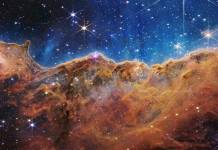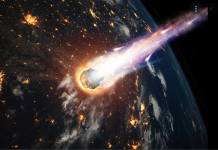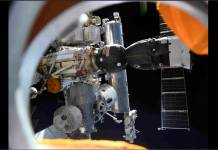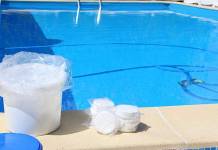The United States tested nuclear reactor systems in order to sustain astronauts on Mars and a long duration NASA human mission on the inhospitable surface of Mars. NASA’s Kilopower project testing began at Nevada’s National Security Energy Department, focusing on powering future astronaut and robotic missions not only for mars but also the moon and other planets.
The main obstacle for past lunar and planetary trips was the lack of power to sustain a small base or to move transports through space.
“Mars is a very difficult environment for power systems, with less sunlight than Earth or the moon, very cold nighttime temperatures, very interesting dust storms that can last weeks and months that engulf the entire planet, so Kilopower’s compact size and robustness allows us to deliver multiple units on a single lander to the surface that provides tens of kilowatts of power” said Steve Jurczyk, associate administrator of NASA‘s Space Technology Mission Directorate.
The prototype power system uses a uranium-235 reactor core, and in the latest test runs have proved to be effective as it would allow astronauts to mine resources, recharge rovers, and to even transform resources, like turning ice into oxygen.
Thanks for tuning in to today's telecon about our #Kilopower project that could potentially empower future crewed surface missions to the Moon, Mars & beyond! If we didn't get to your #askNASA question during the call, we'll follow up soon! For more info: https://t.co/jQZDGPRGcw pic.twitter.com/6mJnKeZCyg
— NASA Technology (@NASA_Technology) January 18, 2018
The Kilopower program is not the first Mars initiative
In the mid-1970s, in situ investigations performed by the Viking landers concluded that Mars was once, in fact, a more habitable place than what it is as far as popular knowledge concerns. However, regarding the nutrients the soil contains on Mars has suggested that the Vikings’ test may not have been sophisticated enough and could have in fact killed unknown life forms.
It has always been an issue to maintain base camps and research teams for an extended period of time, leading countries such as The United States, India and in the past The Soviet Union, to send dozens of crewless spacecraft such as rovers, orbiters and landers, all of which were disabled by the hostile conditions of Mars.
As of 2018, Mars hosts 8 functioning spacecraft sent as well to study the planet’s surface.
Learn about the new power source that could provide safe, efficient energy for future @NASA missions to the Moon, Mars & beyond! https://t.co/7sj7wFd9Ys #Kilopower 👩🚀👨🚀🚀 pic.twitter.com/D4FYlkjtJf
— U.S. Department of Energy (@ENERGY) January 19, 2018
NASA’s goal is to overcome Mars unwelcoming habitat
Mars has been known for a long time as a hostile planet towards known life forms, the lack of a magnetosphere causes an extremely thin atmosphere, which doesn’t allow much heat distribution across its surface. This allows solar winds to bombard it, meaning that there is insufficient atmospheric pressure to retain water in a liquid state.
In 2013 NASA’s Curiosity rover pointed that Mars’s soil contains between 1.5% and 3% water by mass.
Source: Reuters https://www.reuters.com/article/us-space-nuclear/u-s-tests-nuclear-power-system-to-sustain-astronauts-on-mars-idUSKBN1F72T8











